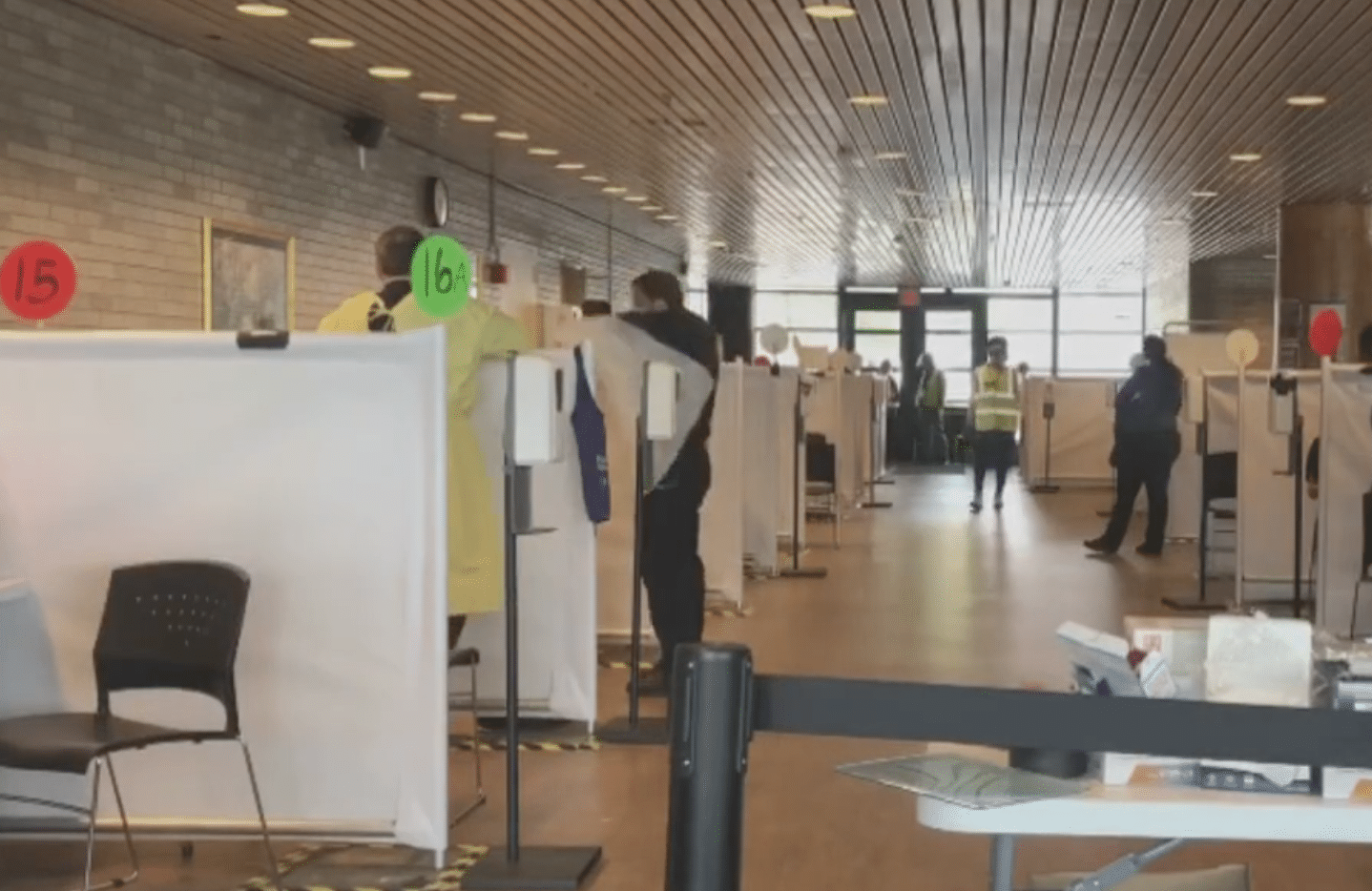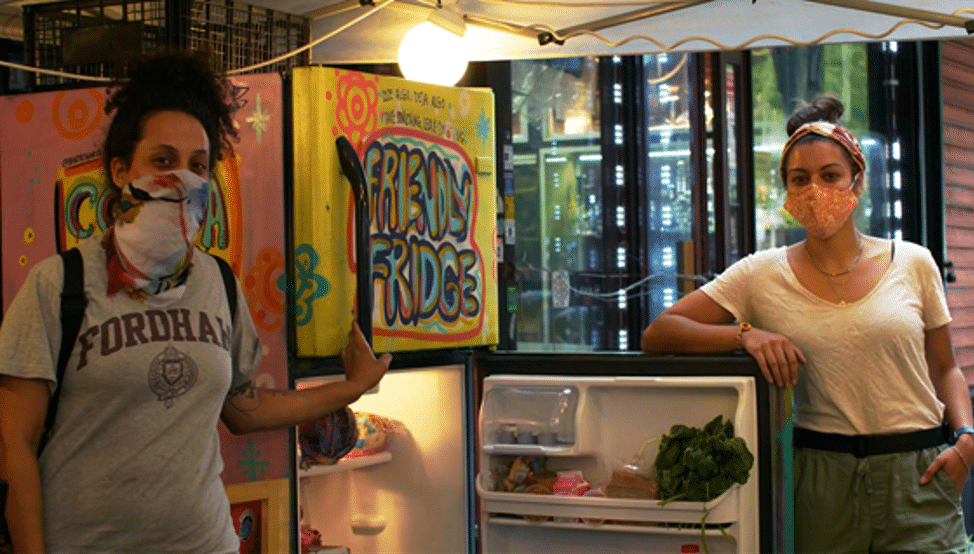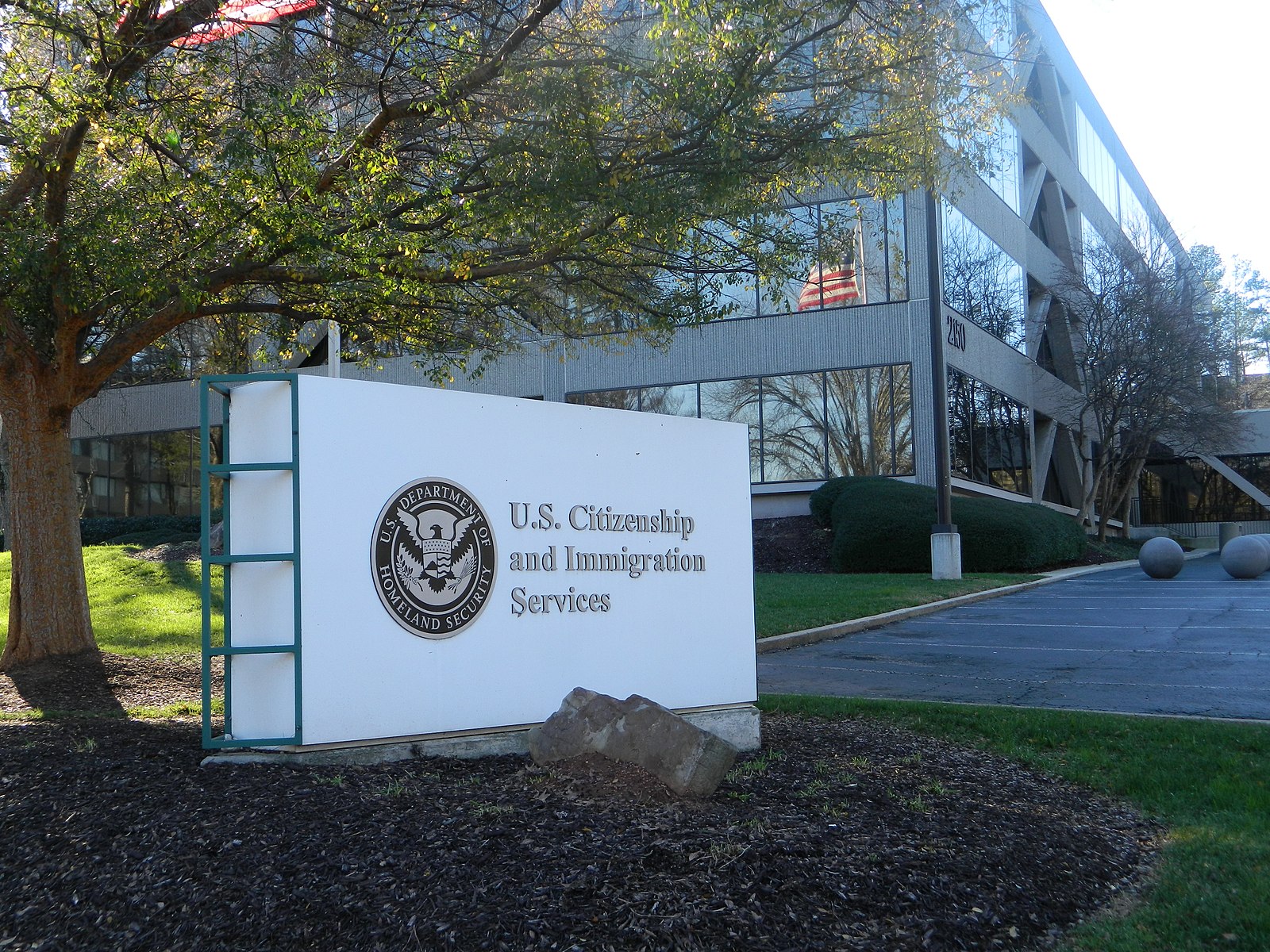Public-facing workers are concerned for their safety following the CDC's new face mask guidelines. Image Credit: Nur Maulidiah on shutterstock.com
Juan Bonilla remembers reading the announcement on his phone and got flashbacks to what his job was like before the pandemic. He remembered the packed lobby, the line going out the door and customers seated next to the bar area. Soon his Starbucks location would begin to look like that again, and he was scared.
On April 29, 2020, Mayor Bill de Blasio declared that New York City would fully reopen on July 1. The announcement brought excitement to many business owners who saw it as an opportunity to revive their businesses. However, it also brought doubt and fear to the essential workers that kept New York City alive throughout the pandemic.
Bonilla has been working for Starbucks for over two years and felt the company had initially taken the proper precautions to keep its employees safe. “In the beginning, Starbucks did take necessary actions,” he said. “However, as time passed, they allowed in-store orders, and that’s when things took a turn for the worse. He recalled customers being agitated over having to wear masks and being unable to sit indoors. “I’m scared customers are not going to care about the safety of employees if we reopen so soon.”
It’s not just food service workers who feel it is too early to reopen. Joshebel Ramlakhan works for the Gap and has found many challenges in the retail industry. She is also in disbelief with the news of the city reopening so soon. According to Ramlakhan, work did not stop when stay-at-home orders were declared. She felt the pace of sales in her store skyrocketed when her location reopened to the public. “We set up big plastic shields in front of cash registers. But customers are still in our faces, and they don’t adhere to the 6-foot rule.”
Following de Blasio’s announcement, the CDC issued new face mask guidelines stating that fully vaccinated people could stop wearing their masks in most settings. The CDC director Rochelle Walensky defended these new guidelines and said the agency was, “following the science.” The goal of the updated mandate was to encourage more people to get vaccinated and prove the efficiency of the vaccine. However, the updated guidance caused skepticism after months of encouraging the public to wear face masks and maintain social distancing.
Only 38 percent of adults in the United States are fully vaccinated, and 48 percent have received at least one dose. Unfortunately, these numbers are too low for essential workers who already fear for their safety. “I’m not okay with the CDC changing their guidelines at all,” Ramlakhan declared. “We had problems with people keeping their masks on before the mandate, so now they’re saying it’s okay to be without one, and it’s going to be hell. People lie all the time about things, and I don’t think everyone with no masks will be vaccinated.”
Tags: CDC City College Journalism Coronavirus COVID vaccine COVID-19 Cuny Essential Workers fully vaccinated Jennifer Garcia Mask Guidelines reopening The City College of New York
Series: Coronavirus






